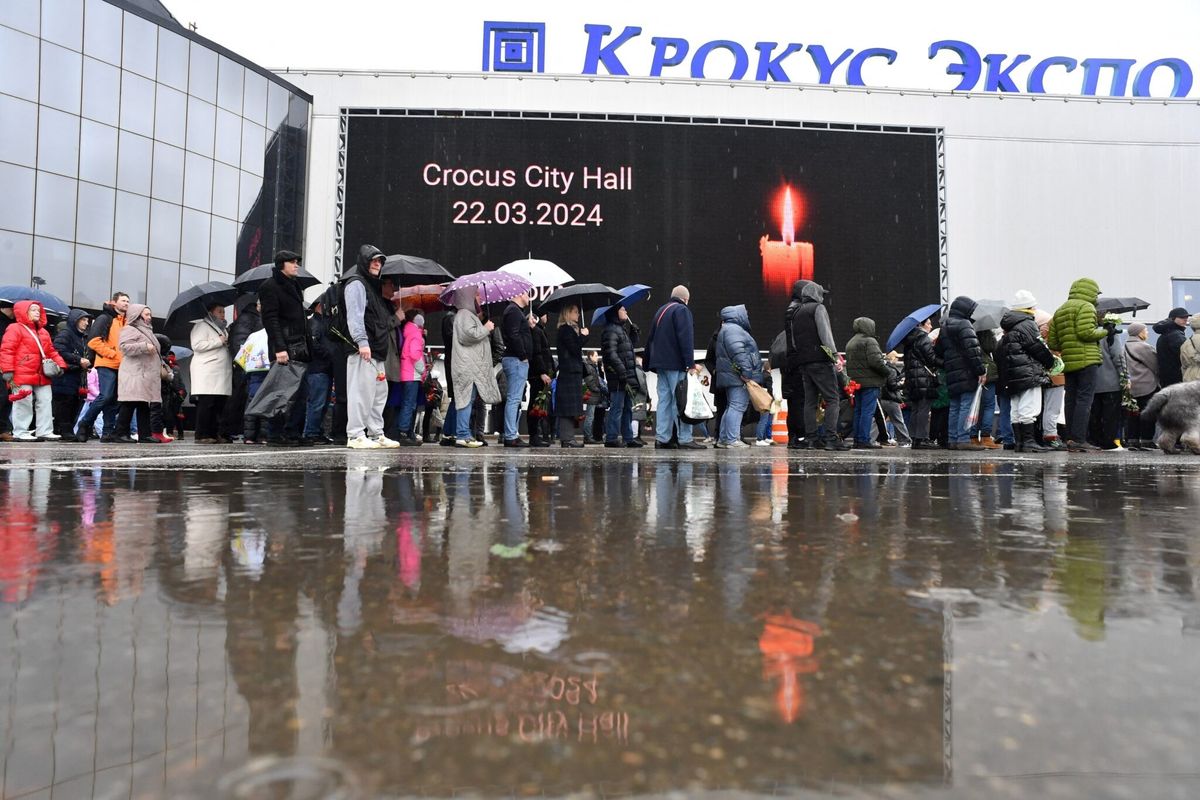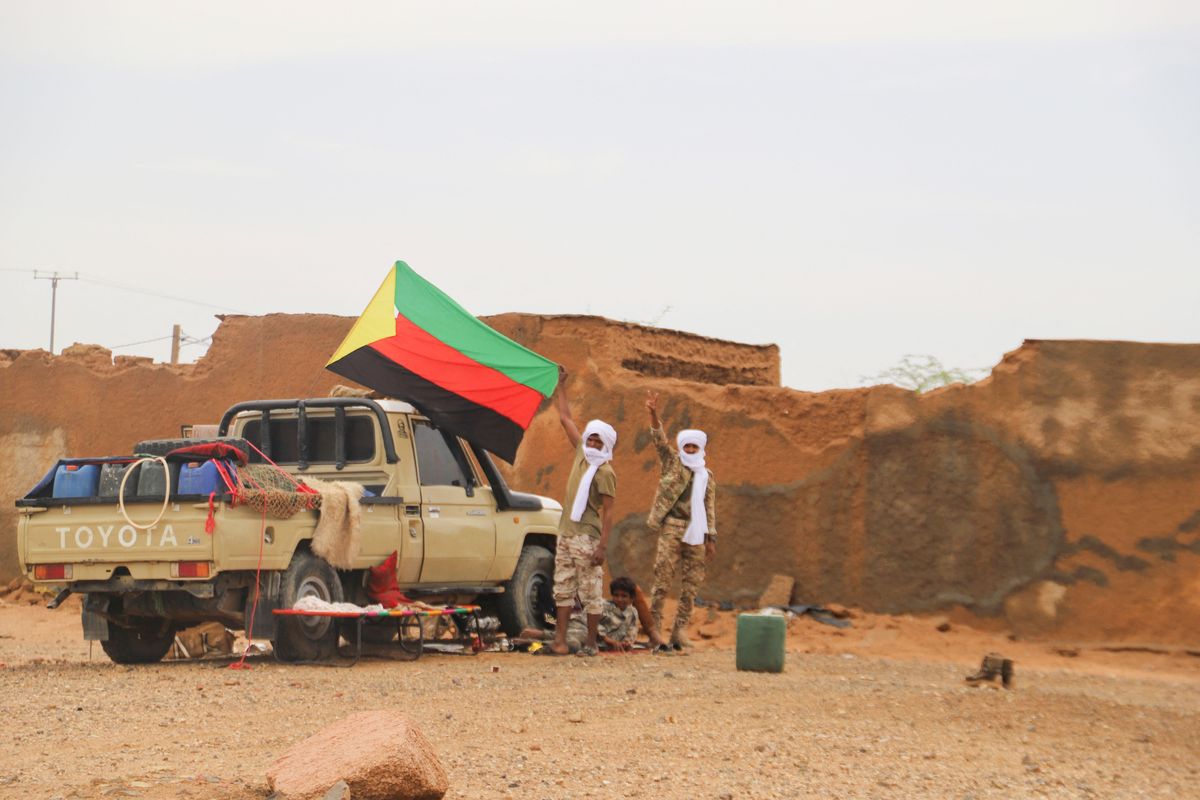The attacks carried out by Islamic State (ISIS) on the Ras Lanuf and Sidra oil export terminals this year have demonstrated definitively that the jihadist organization has no intention of exploiting Libyan oil resources for commercial gain. In fact, this was never an option. While ISIS was able to profit from its control over oil fields in Syria, there is nowhere for it to export Libyan crude, even assuming it could successfully commandeer both fields and terminals. Its strategy, therefore, is one of weakening what remains of the state by denying it resources and revenue. In a series of attacks since January 4, ISIS has crippled the terminals and damaged or destroyed storage tanks that are necessary for managing exports. Out of the 19 tanks at Sidra and the 15 at Ras Lanuf, only five at each terminal remain functional. Of the 3m bbls (barrels) of oil stored in the tanks, approximately 80 percent has been destroyed.
Speaking at the Middle East and North Africa Energy conference in London on January 26, National Oil Corporation (NOC) chairman in Tripoli, Mustafa Sanalla, described the recent attacks as being “very targeted” in that they caused a lot of damage using very few people. The attack on Sidra involved no more than 50 ISIS fighters, while that on Ras Lanuf involved three pick-up trucks. Sanalla warned that he expected more ISIS attacks on the facilities.
ISIS has ramped up its campaign to control the oil crescent area from its base in Gadhafi’s former home town of Sirte eastward towards the strategic town of Ajdabiya. At the same time, the United Nations has cajoled and pushed moderate Libyan politicians from the two competing governments—one based in the Eastern city of Tobruk and recognized by the West, and the other in the Western city of Tripoli—to put aside their differences and to establish a Government of National Unity (GNA). One of the first actions expected from this new government, when or if it takes power, is the authorization for U.S. and Western European airstrikes and other military action to destroy ISIS. It is therefore a kind of race. Unfortunately, ISIS currently appears closer to achieving its objective of destroying or seizing oil facilities than the GNA is to assuming authority.
The UN plan for a unified government suffered a setback on January 25 when the Tobruk-based House of Representatives (HOR) rejected GNA control over the military and told Prime Minister designate Fayez Serraj to re-submit a shorter list of ministers in 10 days. While Serraj’s GNA is still based in Tunis and lacks endorsement, supporters of the HOR claim that the HOR’s own sovereignty as the legitimate parliament has not yet been superseded under the terms of the UN deal. They argue that this means the rival National Oil Corporation management established by the HOR in Al-Bayda still has the right to strike independent oil export deals.
For more than a year, this alternative NOC has tried and failed to sign its own crude oil sales contracts with international buyers and to persuade them to accept the financial and political risk of lifting crude under contracts opposed by the Tripoli-based NOC, the UN, and most western countries. It may, however, only be a matter of time before it succeeds. Some of the trading companies now known to be supporting the Eastern NOC claim to have the resources and willingness to broker deals given a sufficiently attractive price and continued doubts about the viability of the new unity government.
Another key factor contributing to the instability of Libya’s oil sector and undermining NOC’s authority over its resources and facilities is the negative influence wielded by Ibrahim al-Jathran, the leader of the Petroleum Facilities Guard (PFG) in the oil crescent. His forces have demonstrably failed to protect the oil terminals under their control, and they have exploited them ruthlessly to extract ransom from the state.
In July 2014, Jathran lifted a year-long blockade and allowed exports to resume after the government paid his organisation LYD 200 million. Exports ceased again at the end of 2014, following renewed conflict between the PFG and local rivals from Misrata, and subsequent attacks on Sirte Basin oil fields by ISIS. Jathran has since prevented NOC from lifting force majeure from the terminals. He also prevented NOC from emptying the remaining oil storage tanks at Ras Lanuf after the first attack in January, demanding payment before this could happen. This allowed ISIS to create further damage in its second attack. An angry Sanalla, the head of the Tripoli based NOC, commented that Jathran’s and other PFG blockades have cost Libya the loss of more than 800 million barrels (bbls) of production, at an estimated value of $68 billion. He said that Jathran was “directly responsible” for the current catastrophe in the oil crescent and that if “ISIS’ are cancer, the PFG is an arterial blockage”.
Without swift and decisive action, combined with the establishment of a broadly-supported legitimate government, NOC may lose control of its most substantial resources in the Sirte Basin to ISIS for an indefinite period of time. A prolongation of the conflict also raises the likelihood that NOC in the East will start to trade successfully, entrenching a division in the control of national oil and financial resources, and making the restoration of a single Libyan state much harder to achieve. By contrast, a resolution – while difficult to imagine right now – would allow NOC to double production from its current level of about 362 thousand barrels per day (b/d) to more than 700 thousand b/d fairly quickly and to reach one million b/d within about one year. Already, more than one-third of Libya’s pre-crisis oil production capacity of 1.6 million b/d is no longer immediately available because of damage, attrition, and lack of maintenance.












